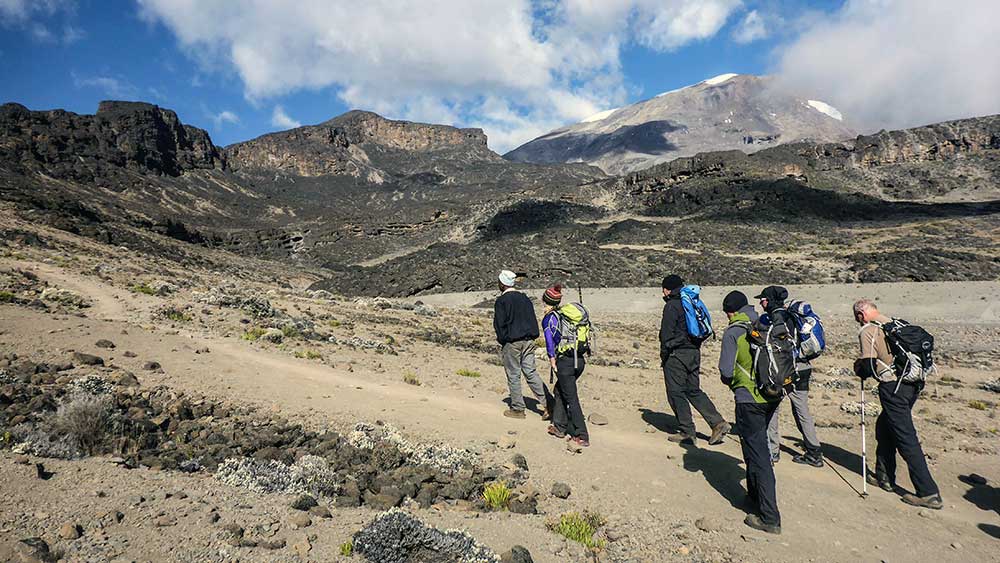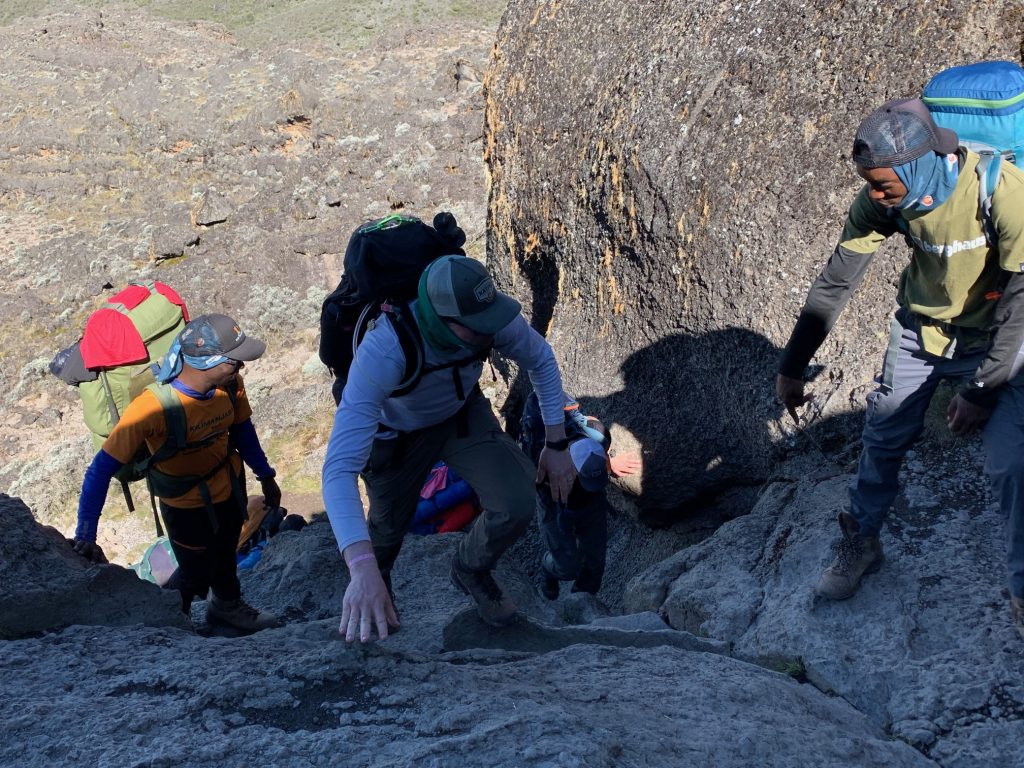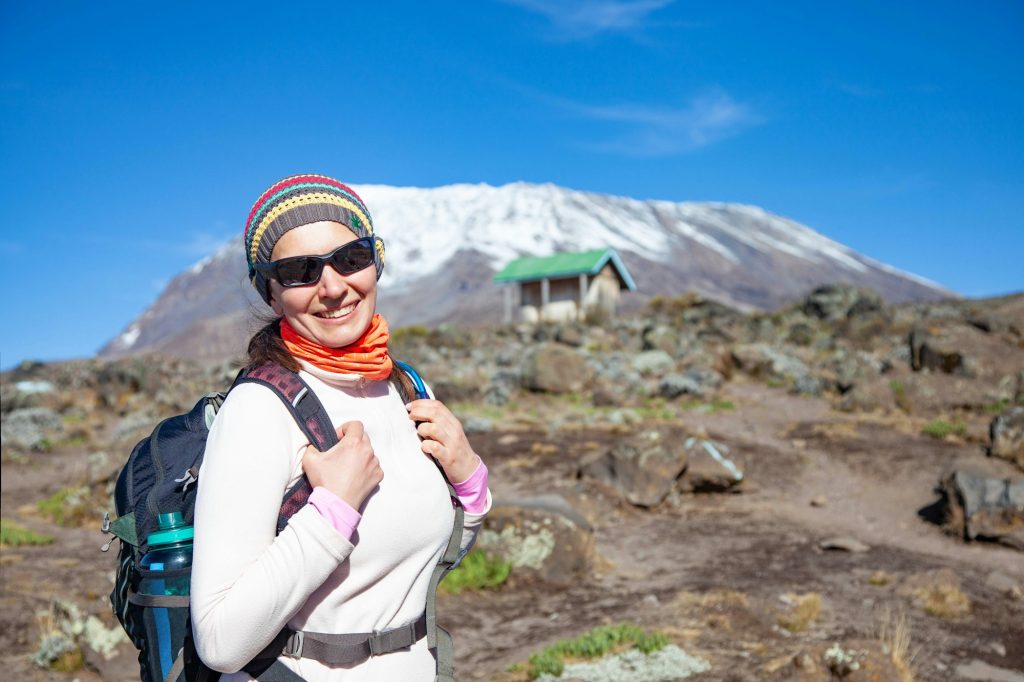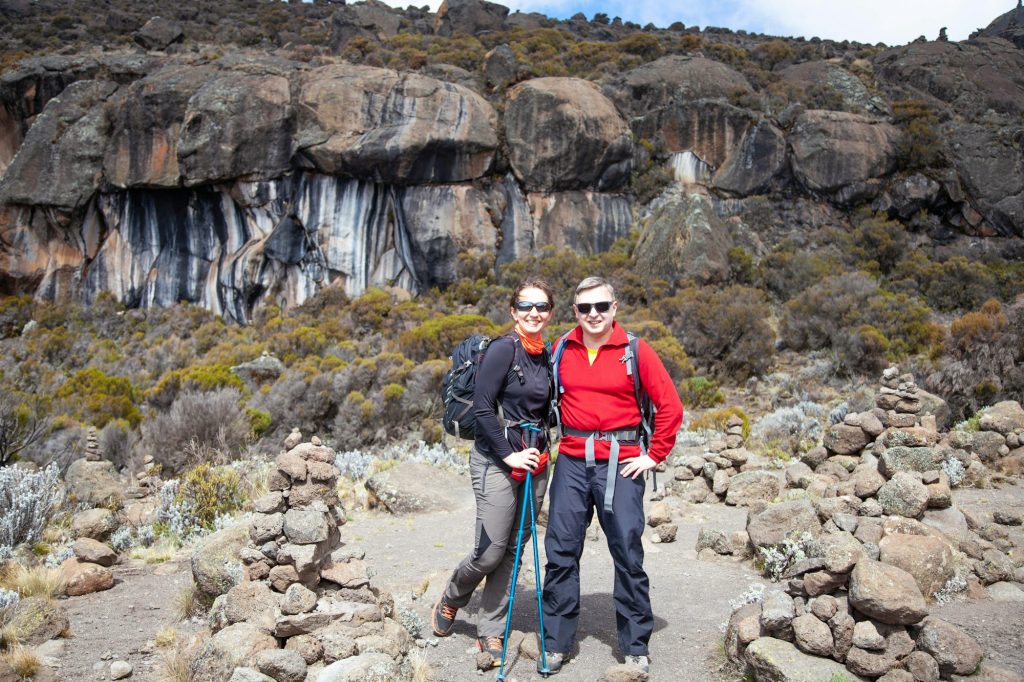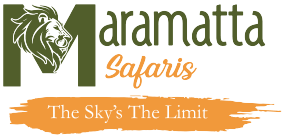Physical Training for Your Kilimanjaro Climb with Maramatta Safaris
$260
DAY TRIP
1 PEOPLE
6+ YEARS
HIKING, COFFEE & WATERFALLS TOUR
Climbing Mount Kilimanjaro is an adventure of a lifetime, but reaching the summit requires proper Kilimanjaro climb training. While no technical climbing skills are needed, the combination of high altitude, long trekking days, and varying terrain demands excellent physical preparation. To ensure a successful Kilimanjaro summit, you need a training plan that includes cardiovascular endurance, strength training, altitude preparation, and mental resilience. Maramatta Safaris provides expert guidance to help you prepare for your Kilimanjaro trekking adventure.
1. Cardiovascular Endurance – Build Stamina for Long Treks
One of the biggest challenges of a Kilimanjaro climb is maintaining stamina during long trekking days. Cardiovascular fitness is essential for sustaining energy levels and preventing fatigue.
Effective Cardio Training Activities:
Hiking & Walking – Begin with 4–5-hour hikes on trails with elevation gain. Gradually extend to 6–8-hour treks to simulate Kilimanjaro trekking conditions.
Running & Jogging – Engage in 30–60 minutes of running or jogging, 3–4 times a week, increasing your pace and endurance over time.
Cycling – A low-impact way to boost leg strength and stamina. Try both outdoor cycling and stationary bikes.
Swimming – Enhances full-body endurance while reducing joint strain.
Goal:
Be comfortable hiking for 5–6 hours with a backpack, mimicking Kilimanjaro trekking conditions.
2. Leg Strength – Power for Steep Climbs & Descents
Your legs are your greatest asset when climbing Mount Kilimanjaro. Strengthening your quadriceps, hamstrings, calves, and glutes will make steep ascents and long descents more manageable.
Essential Leg Exercises:
Squats – 3 sets of 12–15 reps to strengthen quads and glutes for uphill climbs.
Lunges – 3 sets of 12–15 reps per leg for overall lower body strength.
Step-Ups – Using a bench or platform, perform 3 sets of 15 reps per leg to simulate steep terrain trekking.
Stair Climbing – Train for 30–60 minutes using stairs or a stair machine to enhance leg endurance.
Goal:
Be capable of hiking uphill for hours without excessive fatigue.
Read about Preparing for a Safari & Trekking Adventure
3. Core Strength – Improve Stability & Posture
A strong core is crucial for maintaining balance and posture while trekking on uneven terrain. It also reduces the risk of injuries and back pain.
Best Core Exercises for Kilimanjaro Climbers:
Planks – 3 sets of 30–60 seconds to engage the core and back muscles.
Leg Raises – 3 sets of 10–15 reps to strengthen the lower abs and hip flexors.
Russian Twists – 3 sets of 15–20 reps per side, engaging obliques and balance.
Mountain Climbers – 3 sets of 30–60 seconds for dynamic core stability and endurance.
Goal:
Enhance balance, stability, and endurance for trekking uneven Kilimanjaro trails.
4. Upper Body Strength – Support for Carrying a Pack & Trekking Poles
While your legs do most of the work, upper body strength is essential for carrying a daypack and using trekking poles effectively.
Key Upper Body Strength Exercises:
Push-Ups – 3 sets of 10–15 reps for arm and shoulder endurance.
Pull-Ups – 3 sets of as many reps as possible to build back and arm strength.
Shoulder Presses – 3 sets of 10–12 reps using dumbbells or resistance bands.
Dumbbell Rows – 3 sets of 10–12 reps per arm to strengthen the upper back.
Goal:
Carry your pack comfortably for long trekking days.
5. Flexibility & Mobility – Prevent Injuries & Enhance Performance
A daily stretching routine will increase mobility and reduce muscle stiffness during your climb.
Essential Stretches:
Hamstring Stretch – Hold for 30 seconds per leg to ease tightness.
Quadriceps Stretch – Hold for 30 seconds per leg to stretch the front thigh.
Calf Stretch – Hold for 30 seconds per leg to prevent muscle cramps.
Hip Flexor Stretch – Hold for 30 seconds per leg to improve hip mobility.
Goal:
Improve range of motion and prevent injuries.
6. Altitude Training – Prepare for High-Altitude Challenges
Altitude sickness is a major challenge on Mount Kilimanjaro. While you can’t fully replicate low oxygen levels at home, you can still prepare.
Tips for Acclimatization:
Train at Higher Elevations – If possible, hike at high altitudes before your trip.
Use an Altitude Mask – Though less effective than real altitude, masks help simulate lower oxygen levels.
Goal:
Adapt your body to lower oxygen environments before your climb.
7. Mental Preparation – Stay Motivated & Focused
Climbing Kilimanjaro is not just physical—it’s a mental challenge. Long treks, changing weather, and high altitude require mental endurance.
Tips to Build Mental Resilience:
Set Realistic Goals – Focus on each day instead of the entire climb.
Visualize Success – Picture yourself reaching the summit.
Stay Positive – Trust your training and your guides.
Goal:
Develop the mental strength needed to push through tough moments.
Final Preparation Timeline
3–6 Months Before – Build general fitness, cardio, and strength.
1–2 Months Before – Increase trek duration and intensity.
2 Weeks Before – Taper workouts, focus on recovery.
1 Week Before – Rest, hydrate, and avoid overtraining.
By following this Kilimanjaro training guide, you’ll improve your chances of a successful, enjoyable trek. Maramatta Safaris supports you every step of the way, ensuring you’re ready for the adventure!
Request a Custom Safari
Why book with us
- Customer care available 24/7
- Hand-picked Populer Tours & Activities
- Tailor Made Your Own Itineraries
- The airport Pick-up and Transfer
- Best Accommodations
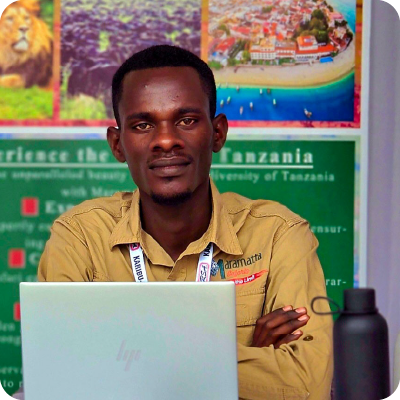
Ready to explore more?
Our travel experts are ready to start creating your tailor-made trip.
For More Exciting & Better Value Safari.
